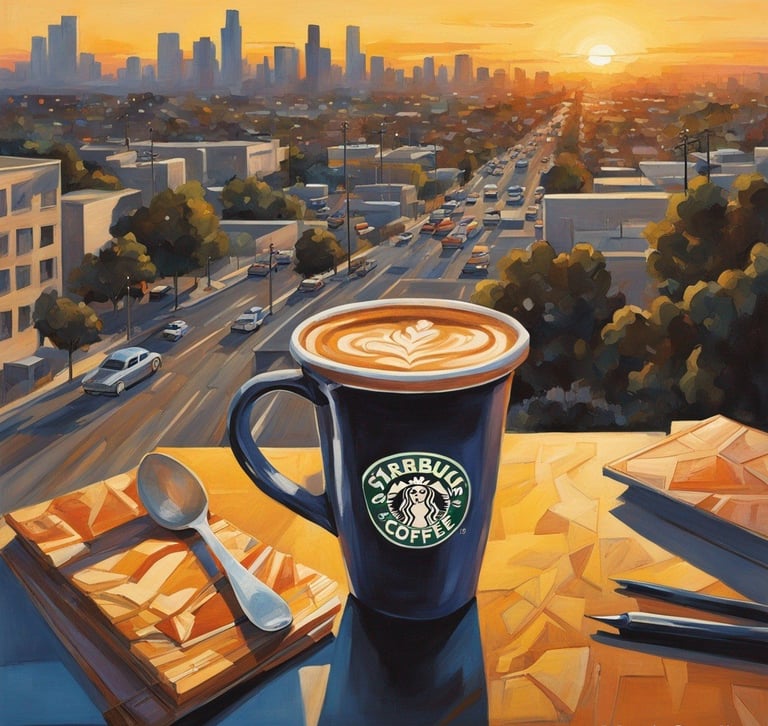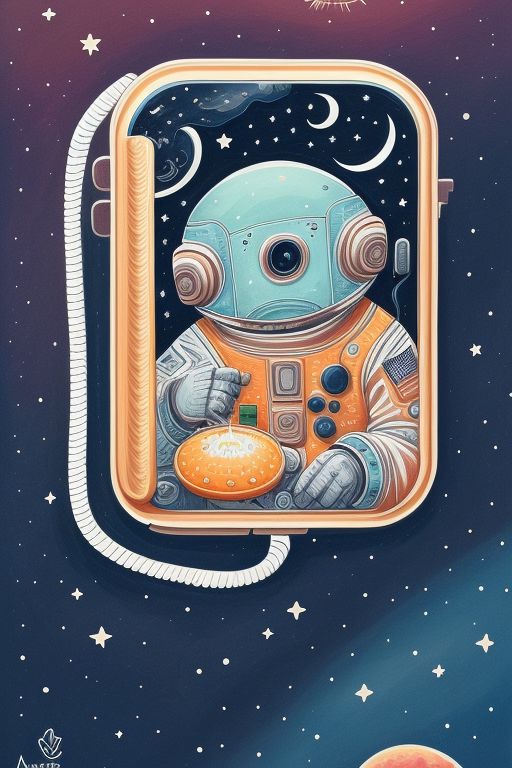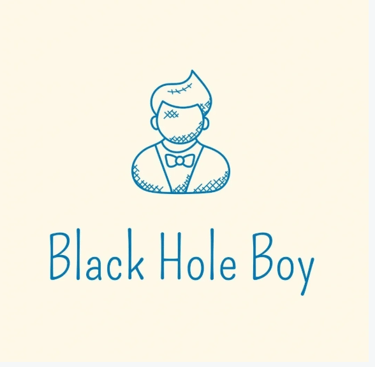Sunrise Over the City of Angels: Finding Perspective in a Cup of Coffee
There's a particular vantage point on Mulholland Drive where Los Angeles reveals itself in its entirety—a sprawling tapestry of light and shadow, ambition and disillusionment, all bathed in the golden glow of a California sunrise.
ART
4/30/20256 min read
I've lived in Los Angeles for nearly seven years, but I still consider myself a transplant. Perhaps everyone does in this city of arrivals, this terminus of American dreams where people come to reinvent themselves against a backdrop of palm trees and perpetual sunshine. It's a city that can feel simultaneously welcoming and alienating, a puzzle of disconnected neighborhoods that somehow form a cohesive whole when viewed from a distance.
And distance, I've found, is exactly what Los Angeles occasionally requires.
That's why, on mornings when the city feels too close, too demanding, too insistent in its chaotic energy, I find myself driving the winding roads up to Mulholland Drive before dawn, a ritual of escape and reconnection that has become essential to my relationship with this complicated metropolis.
The routine never varies. I set my alarm for an unreasonable hour, grab my laptop and notebook, and stop at the 24-hour Starbucks on Ventura Boulevard where the baristas know me by name and drink order—a venti dark roast, black. "Sunrise mission?" Maria often asks as she hands me my cup, and I nod, grateful for her understanding that some mornings require witnessing the world anew.
The drive up Mulholland is different in these pre-dawn hours. The road that during daylight serves as a scenic route for tourists and a shortcut for locals becomes something else entirely—a liminal space between night and day, a winding path that feels almost mystical in the darkness. The city lights twinkle below, a constellation of human activity spread across the vast basin, while the sky above gradually lightens from black to navy to indigo.
I have my spot—a small turnout that offers an unobstructed eastward view across the city all the way to the distant mountains. I'm not alone in knowing about it, but at this hour, I usually have it to myself. I park, grab my coffee and bag, and settle onto the concrete barrier that separates the viewpoint from the steep hillside below.
And then, I wait.
Los Angeles reveals itself slowly at dawn. Unlike the dramatic sunrise performances of coastal cities, where the sun emerges directly from the water in a burst of color, LA's awakening is more subtle. It begins with a gradual lightening on the eastern horizon, the San Gabriel Mountains emerging from darkness as shadowy silhouettes against the brightening sky.
The city itself sleeps later than most major metropolises. While New York might already be buzzing with activity at this hour, Los Angeles tends to slumber longer, especially on weekends. The freeways, those giant concrete arteries that define so much of LA life, carry only occasional cars—early shift workers, airport-bound travelers, night owls finally heading home.
From this elevation, these vehicles appear as moving points of light, their headlights forming rivers of white flowing westward, taillights creating streams of red flowing east. There's something meditative about watching this reduced traffic flow, so different from the gridlocked reality I'll face later in the day.
As the light continues to build, details emerge from the urban landscape below. The downtown skyline takes shape first, its cluster of high-rises standing distinct from the otherwise low-profile city. Then comes the vast grid of streets, the green patches of parks, the silver ribbons of the Los Angeles River and its concrete channels. Individual neighborhoods begin to distinguish themselves—Hollywood, Koreatown, Echo Park, each with its own character even when viewed from above.
I take a sip of coffee, its warmth welcome in the cool morning air that still holds the desert night's chill. There's something almost ceremonial about drinking coffee at sunrise, as if the ritual of caffeine and contemplation properly honors the day's beginning. My Starbucks cup might lack the artisanal credibility that LA's coffee culture increasingly demands, but up here, overlooking the expanse of a city where appearance so often trumps substance, the unpretentious familiarity feels right.
The moment I wait for comes next—that instant when the sun finally crests the eastern mountains and its first direct rays strike the city. The transformation is alchemical. Glass-walled buildings downtown suddenly flash with golden brilliance, like signals being sent across the basin. The morning light races westward across the city, illuminating street after street, neighborhood after neighborhood, in a wave of warm radiance that seems to bring the city to life before my eyes.
Colors intensify—the greens of parks and golf courses, the blues of swimming pools, the terracotta of Spanish-tile roofs. Morning haze, often present in the LA basin, catches this light and diffuses it, creating that distinctive golden glow that has defined Southern California in film and photography for generations.
It's at this moment, with the city spread below me like a living map and the new light revealing its vastness, that I feel a shift in perspective—both literally and figuratively. The problems and frustrations that might have driven me up the mountain seem smaller, less consequential. The traffic jams, the career anxieties, the social complications—all take their proper place in the larger context of this enormous, energetic, imperfect city.
Los Angeles is often criticized for its lack of cohesion, its sprawling nature, its resistance to easy understanding. From street level, these criticisms feel justified. The city can seem like a collection of disconnected villages without a discernible center or unifying identity. But from up here, the wholeness of Los Angeles becomes apparent. The boundaries between neighborhoods blur, the artificial divisions of class and culture less visible than the essential connectedness of a place where millions of people are collectively writing their stories.
I pull out my laptop, open it on my knees, and begin to work. There's something uniquely productive about these sunrise sessions—perhaps it's the exceptional light, or the sense of solitude despite overlooking a city of millions, or simply the feeling of having witnessed something special before the demands of the day take over.
On this particular morning, I'm working on a screenplay—joining the legions of writers who have tried to capture some essence of this city on the page. My story isn't about Los Angeles specifically, but the city inevitably seeps into the work, informing character decisions, dialogue rhythms, the quality of light I try to describe in scene directions.
As I type, the city continues its awakening below. More cars join the flow on the freeways. Lights go on in apartment buildings. The first planes of the day trace white lines across the increasingly blue sky as they approach LAX from the east. I imagine all the individual lives contained in those buildings and vehicles—the millions of private dramas, comedies, and tragedies playing out simultaneously across this vast urban expanse.
By the time I finish my coffee, the magic hour has passed. The light is still beautiful but has lost that extraordinary golden quality that makes everything it touches seem significant and worthy of preservation. The city has fully awakened, its daytime metabolism now running at full capacity. Soon, the viewpoint will attract other visitors—tourists taking photos, locals showing out-of-town friends the classic vista, perhaps other writers seeking inspiration.
This is my cue to pack up and rejoin the city I've been observing. The drive down Mulholland is different now, the road fully visible, the mystical quality of pre-dawn replaced by the more prosaic reality of a scenic highway. I'll merge back into the now-heavy traffic on the 101, becoming just another car in the flow I was watching from above. I'll stop for another coffee at a local shop in my neighborhood, this time perhaps an artisanal pour-over that costs twice as much as my Starbucks brew but offers different pleasures.
Yet I carry something with me from these sunrise sessions that remains throughout the day—a shifted perspective, a reminder of both my smallness within this vast urban ecosystem and my connection to it. It's a peculiar comfort that comes from seeing your daily environment from a distance, recognizing its patterns and rhythms, understanding your place within them.
Los Angeles, perhaps more than most cities, requires this kind of periodic stepping back. Its scale and complexity demand occasional distance to comprehend. You cannot truly know this city solely from its streets and freeways, its cafes and beaches, its studios and galleries. You must sometimes see it whole, in a single glance, illuminated by the first light of day.
So if you find yourself in Los Angeles and the city begins to overwhelm—if the traffic and noise and constant stimulation become too much—consider setting your alarm for an unreasonable hour. Make your way up to the heights of Mulholland or Griffith Park or any of the other elevated vantage points that rim the basin. Bring coffee, find a quiet spot, and simply watch as the city reveals itself in the dawn light.
You might discover, as I have, that Los Angeles makes the most sense when viewed from above, in those quiet moments when night gives way to day and the city's complicated beauty is most honestly displayed. In that space between darkness and full light, between distance and immersion, between observation and participation, Los Angeles offers its truest self to those willing to rise early enough to witness it.


Get in touch


